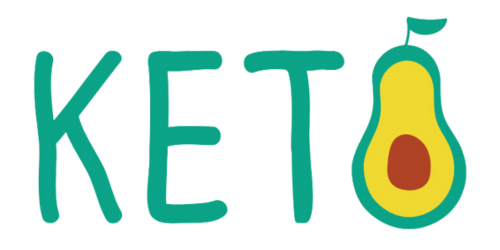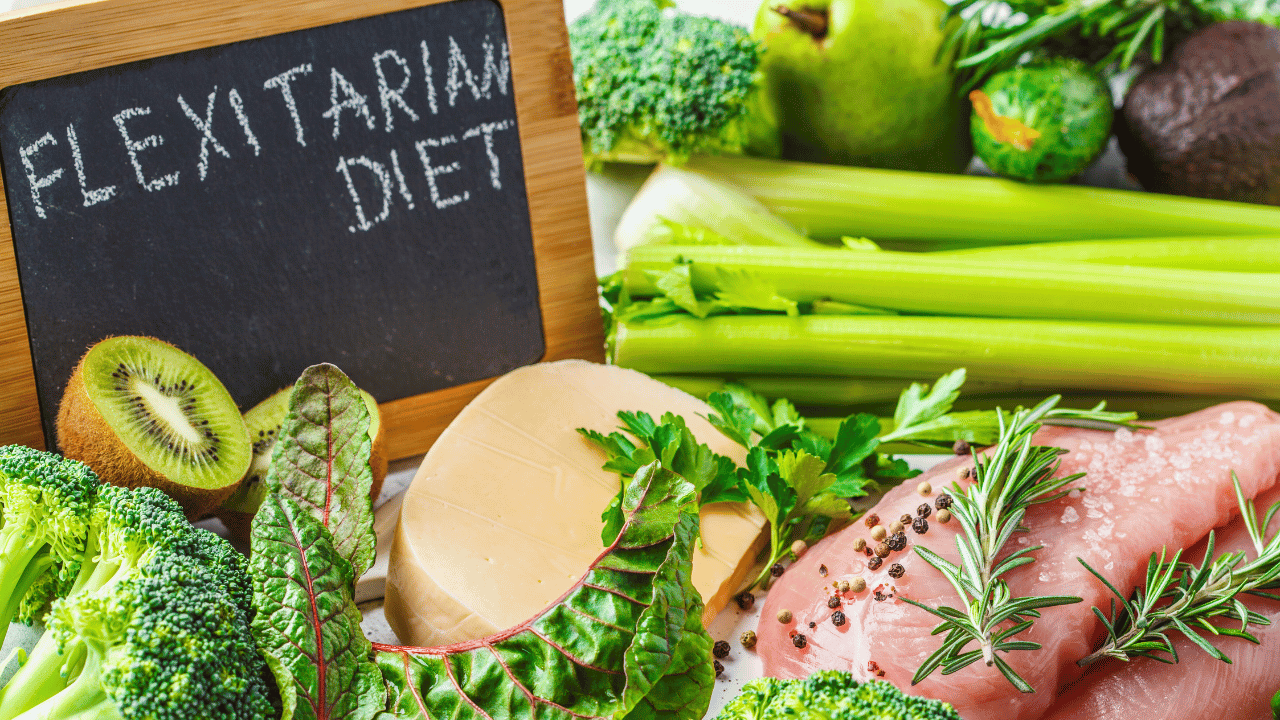The flexitarian diet, in particular, is a flexible eating style that emphasizes adding plant or plant-based foods and beverages, incorporates dairy and eggs, and encourages meat consumption less frequently or in smaller portions. A flexitarian diet has no set calorie or macronutrient goals.
Origins of the flexitarian diet
Dawn Jackson Blatner, a dietitian, developed the Flexitarian Diet to help people reap the benefits of vegetarian eating while enjoying animal products in moderation.
As a result, the name of this diet combines the words “flexible” and “vegetarian.”
Vegetarians avoid meat and other animal foods, whereas vegans avoid meat, fish, eggs, dairy, and all other animal-derived foods.
Flexitarians are not vegetarians or vegans because they consume animal products.
Principles to follow on a Flexitarian diet
The Flexitarian Diet has no hard and fast rules or recommended calorie and macronutrient amounts. It is more of a way of life than a diet.
It is founded on the following tenets
-Consume a lot of fruits, vegetables, legumes, and whole grains.
-Focus on plant protein rather than animal protein, but be flexible and include meat and animal products occasionally. Eat the least processed, most natural foods.
-Limit your intake of added sugars and sweets.
The Flexitarian Diet is a popular choice for people looking to eat healthier because of its adaptability and emphasis on what to include rather than what to exclude.
The overall goal is to consume more nutritious plant foods and less meat.
The Flexitarian Diet is ranked:
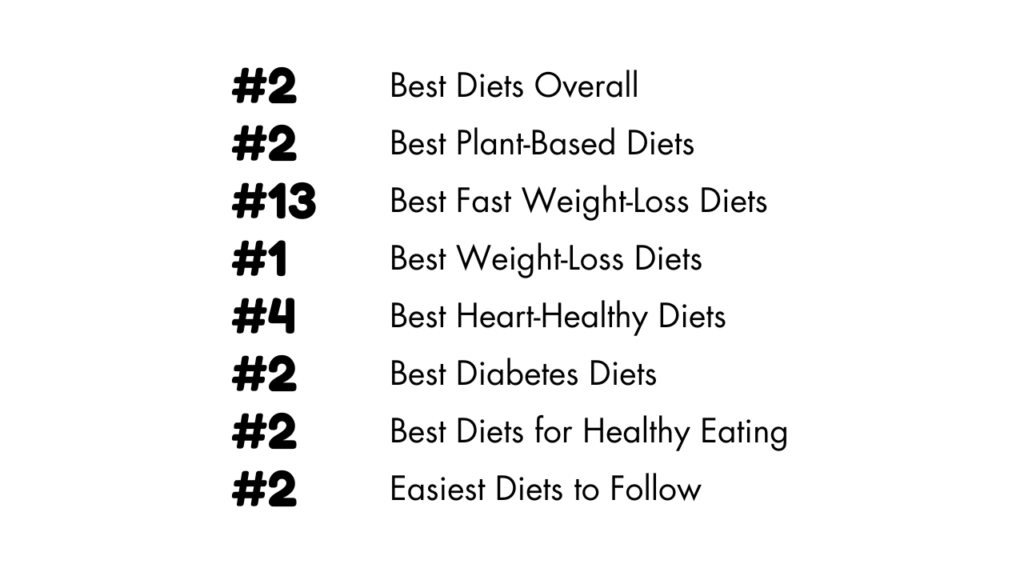
#2. in Best Diets Overall
#2. in Best Plant-Based Diets.
#13. in Best Fast Weight-Loss Diets
#1. in Best Weight-Loss Diets
#4. in Best Heart-Healthy Diets
#2. in Best Diabetes Diets
#2. in Best Diets for Healthy Eating
#2. in Easiest Diets to Follow
The Flexitarian Diet Reviews:
Overall:
Four stars out of 5
Managing or Preventing Diabetes:
3.5 stars out of 5
The Flexitarian Diet is ranked #2 in Best Diabetes Diets:
3.4 stars out of 5
Heart-Healthy:
3.8 stars out of 5
Long-Term Weight Loss:
3.4 stars out of 5
Nutrition:
4.6 stars out of 5
Safety:
4.7 stars out of 5
Short-Term Weight Loss:
3.5 stars out of 5
THE FLEXITARIAN DIET PLAN INCLUDES PLANT-BASED FOOD OPTIONS LIKE
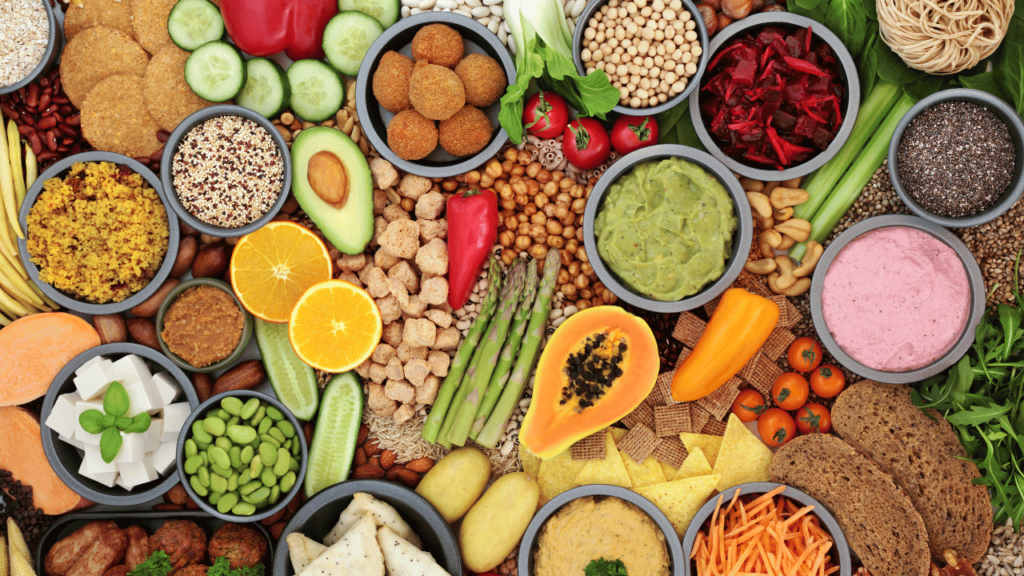
● Grains that are whole. Whole grains include rice, oats, barley, and buckwheat, to name a few. Most plant-based diets have a significant amount of whole grains as their foundation.
● Vegetables. Of course, even semi-vegetarian diets will contain Plenty of vegetables! And they should because vegetables are incredibly healthy! They’re high in nutrients and fiber and are generally low in calories. Most people could benefit from eating more vegetables.
● Legumes. The legume family includes beans, lentils, and soy. When avoiding meat, legumes are an excellent source of protein.
● Fruit. Bananas, apples, and oranges are all plant-based and thus vegetarian-friendly. They are high in fructose (sugar) but also high in nutrients. On a flexitarian diet te general fruit policy is to “eat whole fruit and avoid fruit juices.”
● Seeds and nuts derived from plants, almonds, cashews, and pumpkin seeds are suitable for a flexitarian diet. So is quinoa, which, while commonly mistaken for a grain, is a seed.
Although high in fat and calories, nuts and seeds are an excellent source of protein in a semi-vegetarian diet.
When following a Flexitarian Diet, try to minimize
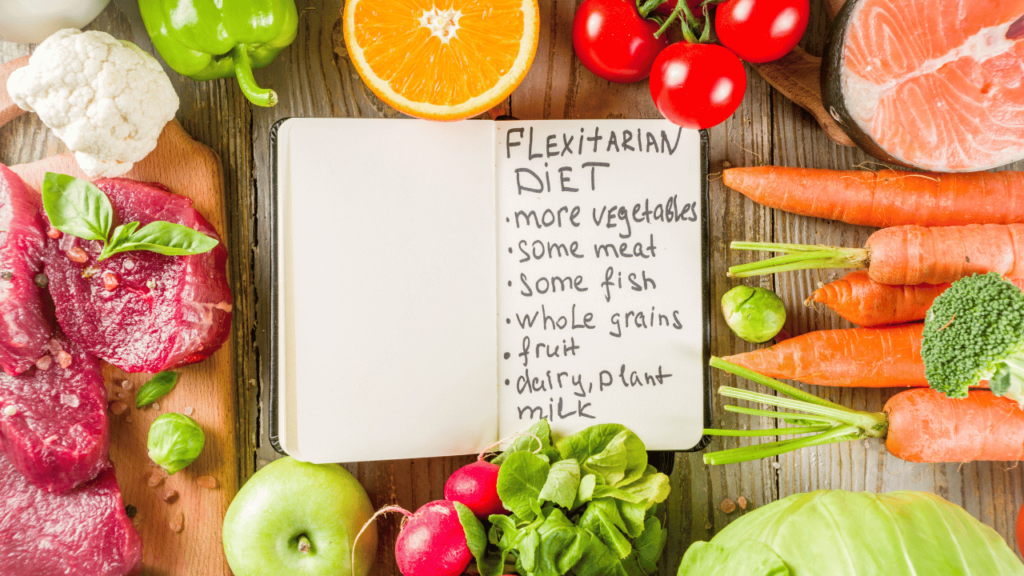
● Bacon, sausage, and bologna are examples of processed meat. Flexitarians advocate for unprocessed meats such as grass-fed beef, pasture-raised chicken, fresh fish, etc.
● White bread, bagels, pasta, and other refined carbohydrates . During the refinement process, much of the fiber in these foods is destroyed, making them more like sugar during digestion.
● Sugary drinks, donuts, and cookies, for example. Also referred to as “junk food.” Of course, it’s delicious. However, because these foods are high in calories and low in nutrients, they should be considered a “rare treat.”
THE FLEXITARIAN DIET PROGRESSION PLAN IS AS FOLLOWS
● Beginner Flexitarian:
○ Two meat-free days a week
○ No more than 26 ounces of meat for the remainder of the week
● Advanced Flexitarian:
○ Three to four meat-free days a week
○ No more than 18 ounces of meat for the remainder of the week
Sample Flexitarian Meal Plan

Although you are not required to avoid any food groups on this plan, you will want to include more plant-based meals in your regular rotation. The five-day meal plan below should give you a good idea of a well-balanced flexitarian diet.
Day 1
Breakfast: Summer vegetable omelet; 8 ounces orange juice
Lunch: 1 1/2 cups citrus, kale, and quinoa salad; 1 cup rainbow vegetable soup
Dinner: 2 black bean-arugula tostadas with turmeric guacamole
Day 2
Breakfast: 1 slice avocado and egg toast; 1 berry smoothie
Lunch: 1 tuna wrap; 1/4 cup lemon-herb lentil dip with 3 ounces carrot sticks
Dinner: 1 serving Mediterranean quinoa-stuffed red peppers; 1 serving grilled shrimp skewers;
1 serving a Mediterranean salad with cauliflower tabbouleh
Day 3
Breakfast: 1 papaya yogurt & walnut boat; 1 serving of simple green juice
Lunch: 1 1/2 cups roasted tomato soup with fennel; 1 slice of sourdough bread
Dinner: 1 cup Moroccan beef stew; 1 cup cooked couscous; 3 ounces spring mix greens with olive oil
Benefits of the Flexitarian Diet for Health

The Flexitarian Diet has numerous health benefits because it contains nutrients, antioxidants, proteins, and fibers. The Flexitarian Diet offers the same health benefits as other vegetarian diets while not restricting food intake.
Furthermore, eating flexitarian includes whole grains and other beneficial foods in treating various diseases. The following are some of the health benefits of the Flexitarian Diet:
Diabetes Management or Prevention
According to one study, the Flexitarian Diet may help prevent or manage type 2 diabetes. The Flexitarian Diet emphasizes plant-based foods such as legumes, fruits, whole grains, seeds, vegetables, and nuts while restricting most animal products. As a result, plant-based diets’ nutrient components help reduce the risk of type 2 diabetes.
Plant-based diets treat type 2 diabetes and lower the risk of macrovascular and microvascular complications. Furthermore, the risk of type 2 diabetes is significantly lower among those who follow a flexitarian diet versus those who do not because people who follow a flexitarian diet have a lower body mass index, which aids in the prevention of type 2 diabetes.
Weight Loss
The flexitarian diet is a well-balanced diet that restricts the consumption of meat products. As a result, it contains fewer calories than an omnivorous diet. Furthermore, a study found that eating plant-based or vegetarian food provides essential nutrients while lowering cholesterol and saturated fat, resulting in weight loss.
The Flexitarian Diet promotes weight maintenance by limiting refined sugar and highly processed foods and encouraging the consumption of lower-calorie foods. As a result, people who follow a plant-based diet lose more weight than those who do not.
Prevent Cancer
A Flexitarian diet is very similar to a vegetarian diet. Vegetarian diets have also been linked to a lower risk of cancer. The flexitarian diet emphasizes the consumption of high-fiber foods such as whole grains, fruits, and non-starchy vegetables. This type of diet may lower the risk of cancer. As a result, healthy eating habits and limiting red and processed meat consumption can reduce cancer risk.
Heart Health
The term “flexitarian diet” refers to a versatile approach to focusing on a plant-based diet or food. According to one study, consuming less animal and more plant-based foods such as nuts, vegetables, whole grains, and fruit is associated with a lower risk of cardiovascular or heart disease.
A flexitarian diet can help lower cholesterol. As a result, helps prevent various heart diseases. According to another study published in The American Journal of Clinical Nutrition, vegetarians have a 32% lower risk of heart disease than non-vegetarians.
Enhances Skin Health
Fruits, vegetables, nuts, and legumes are abundant in a Flexitarian diet. According to a recent review, these food categories also contain vitamins A, C, and E and polyphenols, which help neutralize damaging, skin-aging free radicals, lower inflammation, protect against UV exposure, and build skin support structures, including collagen.
Overall Benefits of a Flexitarian diet
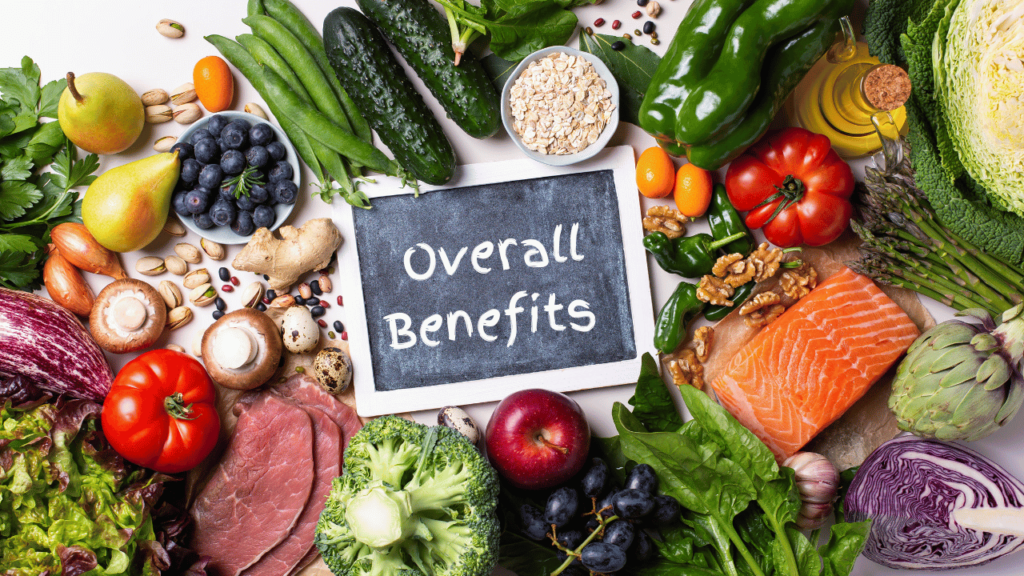
+ Plenty of adaptabilities
Most diets fail because they are too strict and can leave you feeling deprived. A flexitarian diet allows you to go with the flow and eliminates the need to plan your meals and outings meticulously.
+ Social inclusion
Being the only vegan or vegetarian at the BBQ can be challenging! If you don’t want to bring your exceptional food to a party, a flexitarian diet can help you feel more at ease in social situations.
+ Spend less money
Meat is prohibitively expensive. According to studies, we consume far too much of it. Even though you’ll eat more fresh produce, eating less meat will save you a lot of money.
+ Increase your nutrient intake
What happens when you run out of meat? You consume more plant-based foods. This is a positive development. Given that you will still finish the occasional animal product, this will likely result in a more nutrient-dense diet. This could mean that you have healthier, clearer skin or better immunity.
+ Longevity and healthier life
According to research, Flexitarian dieters have a lower risk of diabetes and heart disease and live longer lives. These advantages are likely to be extended to you as well.
+ Environmentally friendly
eating fewer meat benefits the environment. You don’t require as much as you may believe.
Drawbacks of Flexitarian Diet

+ You might feel deprived
It has the potential to be restrictive, as do all diets. This is highly dependent on WHY you are eating less meat. As well as your relationship with food.
+ Possibility of consuming unhealthy foods
Meat (and animal products) are satiating due to their high protein and fat content. If you are not consciously attempting to eat a balanced diet, you may eat more junk and processed foods.
+ B12 and iron deficiency risk
It’s far less likely than if you’re a full-time vegetarian, but if you’re a flexitarian, you still need to be mindful of your B12 and iron levels (both of which are essential for energy), nutrients found in meat, and fish.
Conclusion
Losing weight and lowering your risk of chronic diseases including heart disease, cancer, and diabetes type 2 may be easier with a flexitarian diet. There’s a chance it might be beneficial to the environment.
However, in order to avoid nutritional shortages and maximize the health advantages of a flexitarian diet, careful meal planning is essential.
